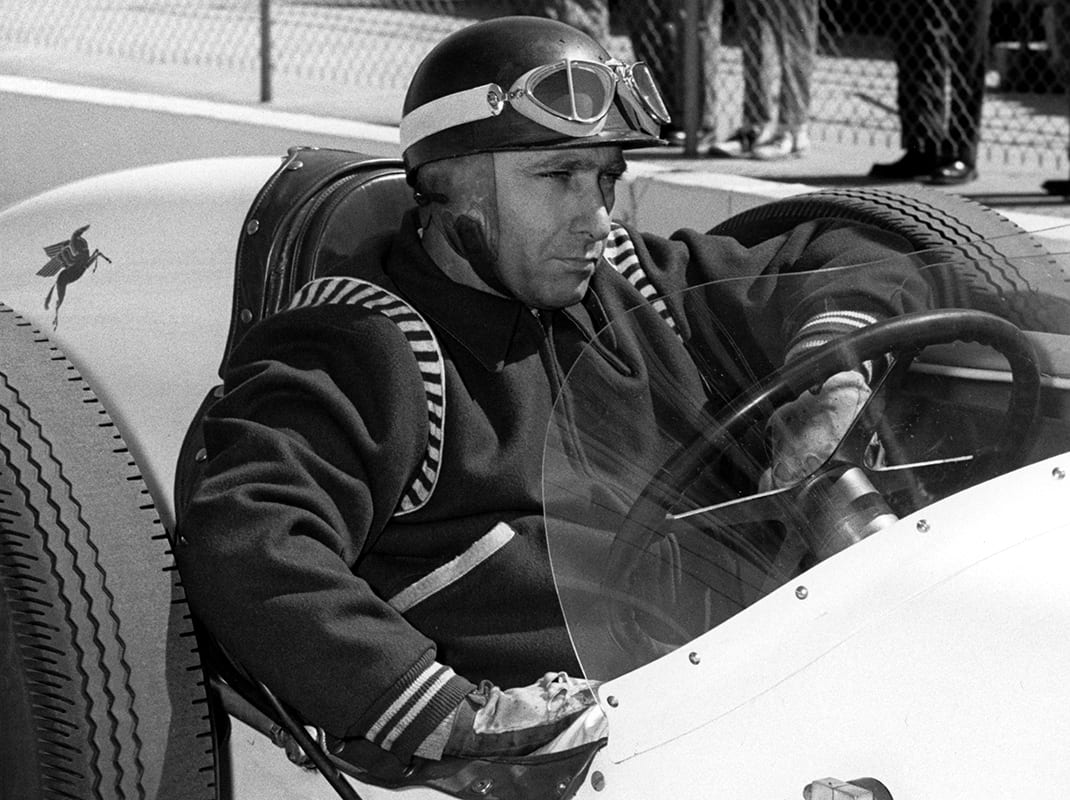Who is the greatest Formula One driver of all time? Many fans would say Michael Schumacher with his record seven world championships and record 91 victories. Or Lewis Hamilton, who is closing in on both of those marks.
Other candidates, in no particular order, include Ayrton Senna, Jim Clark, Alain Prost, Jackie Stewart and Alberto Ascari.
But then there is Argentina’s Juan Manuel Fangio, who had an amazing career. His F-1 results are astounding. He won the world drivers’ championship five times — a record that stood for 45 years until Schumacher equaled that tally. Schumacher then reset the mark to seven in 2004.
Fangio started 51 F-1 races and won 24 of them. His record for number of victories was eventually topped by Jackie Stewart, who set the new benchmark of 27 wins in 1973.
Fangio qualified on the pole 29 times. That record stood until Jim Clark surpassed it and then set the new benchmark with his 33rd pole in 1968.
And there is more. Fangio also had 10 second-place finishes in his 51 starts. In his seven full-time F-1 seasons between 1950 and 1957, he was runner-up in the championship twice to go along with his five titles.
What makes Fangio’s accomplishments so amazing is that he achieved them in only 51 starts. Schumacher had 307 starts, Prost 199, Senna 161. Hamilton closed the 2019 season with 250 starts.
Fangio also had the skill of picking the right team at the right time. His five titles came with four different teams: Alfa Romeo, Ferrari, Mercedes and Maserati.
And he survived in an era where so many drivers perished.
EARLY DAYS
Fangio was born in Argentina on June 24, 1911. When he was a kid, he earned the nickname El Chueco — “the bowlegged.” He competed in his first race in 1936, driving a 1929 Ford Model A. In subsequent years he raced all over South America — often literally — driving sports cars in grueling open-road, cross-country races. And he drove F-1 cars in races in Argentina.
His talent and reputation were such that the Argentine government bought him a Maserati F-1 car and sent him to Europe where he started racing in 1949. The timing was perfect because the Formula One world championship was founded in 1950.
PIERCING BLUE EYES
Fangio competed in only two F-1 races in 1958 before retiring from racing. His final entry was the French Grand Prix at the Reims circuit.
Meanwhile, a young driver, Graham Hill, was just starting his F-1 career. Hill, in his autobiography “Life At The Limit,” which was published in 1969, had this to say about Fangio:
“I am often asked if I raced against him and my answer is: ‘No — but I was once in the same race!’ I have met him many times since and I admire him enormously. He has only to walk into a room and you sense his presence: all the drivers say that they feel this.
“The thing that really strikes you most about him when you meet him is his eyes — steely blue and very piercing. He was a tremendous driver and nowadays he is marvelous ambassador motor racing. He is still an international figure and he is recognized wherever he goes. He will arrive completely unannounced at a motor race and yet, when he walks down the pit road amongst dozens of other people, the crowd will stand up and cheer for him.”
Hill, of course, went on to have his own stellar racing career. He earned 14 F-1 victories, two world championships and is the only driver to win auto racing’s Triple Crown of the Monaco Grand Prix (five times), the Indianapolis 500 and the 24 Hours of Le Mans.
Click below to keep reading.
